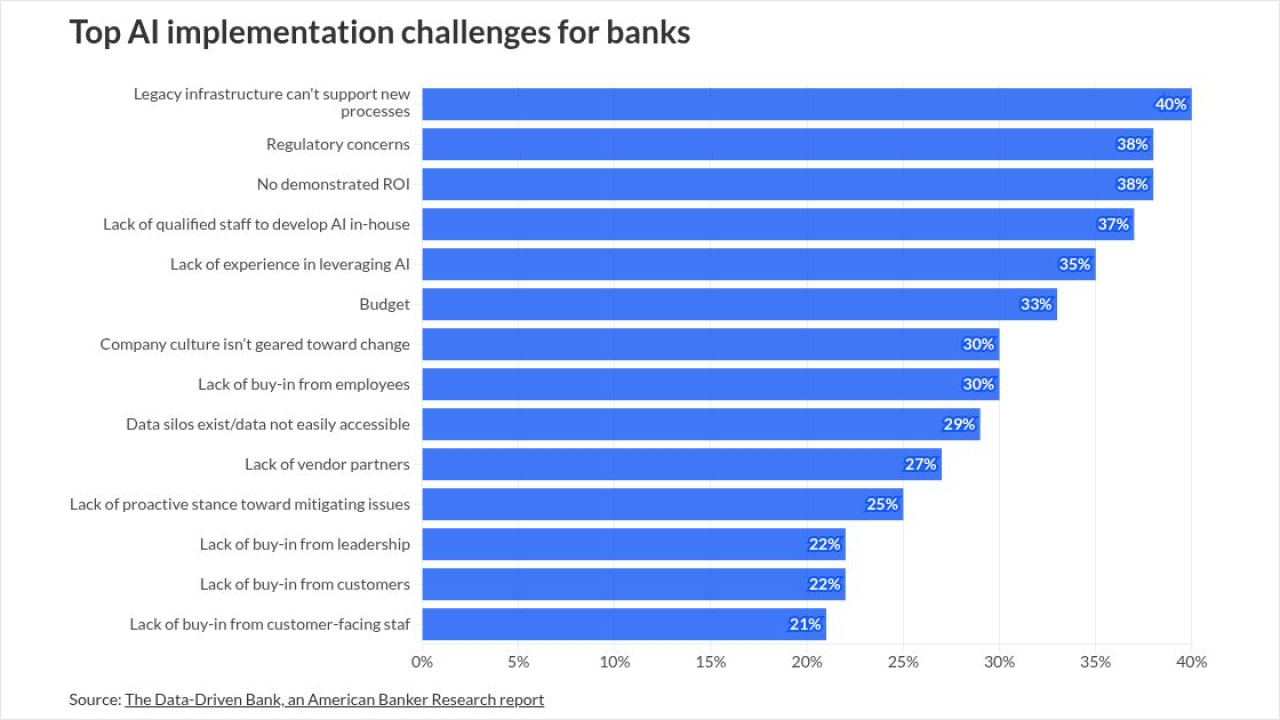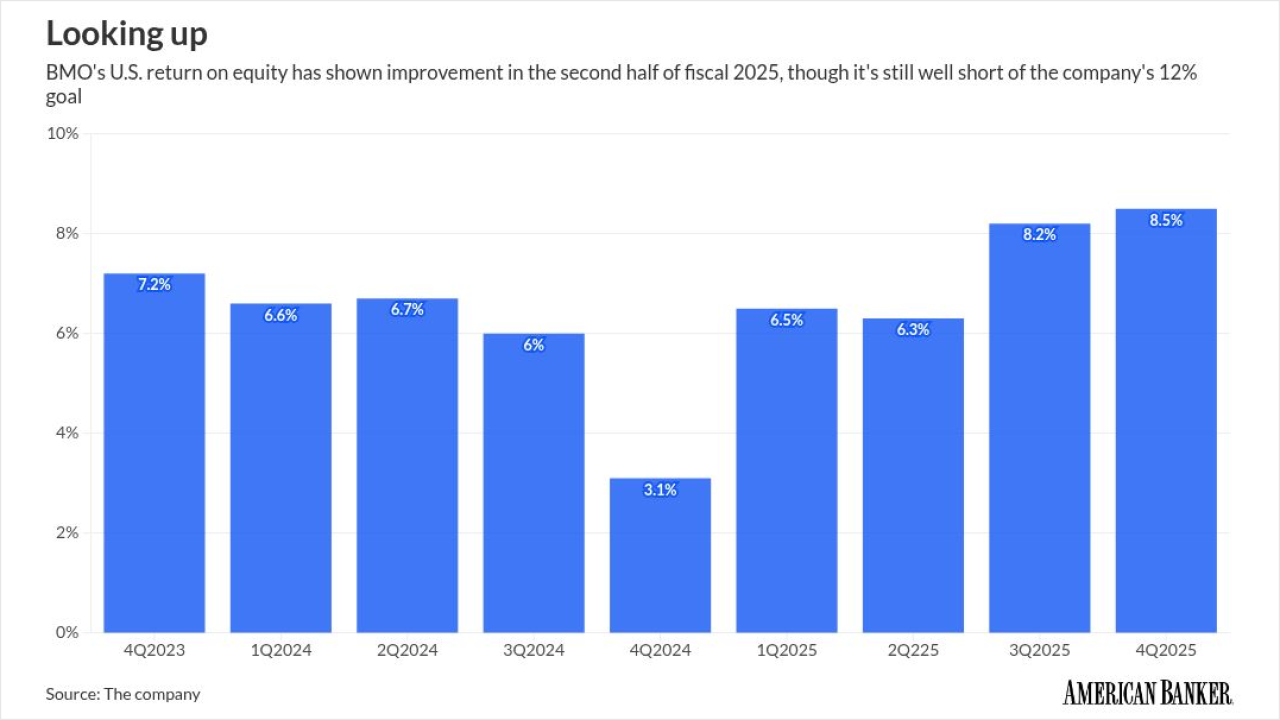Small banks have many of the same challenges as the largest institutions when it comes to managing enterprise-wide data-namely that it's hard to get at. Data resides on a variety of systems, making universal access difficult and use of the diverse information to introduce custom-tailored products and services nearly impossible. It also makes compliance and expense management efforts rigorous.
Wayne Freed, president and CEO of Pittsburgh-based United-American Savings Bank, hopes the answers to many of these concerns for his institution will be found in deploying an open system that creates a new world of access to information and function for the bank's staff and customers.
The bank hopes the one silo fits all approach to data management will work wonders in terms of speed to market and operational efficiencies.
"We're giving our front line folks the ability to electronically pull up graphic representations of signature cards and photo IDs; and we can also go to one screen and get a variety of information on a client," says Freed, whose $48 million bank serves the south side of the Steel City.
The institution, which is planning to deploy a data processing solution from COCC, is among the growing number of financial institutions that are weighing their options when addressing their core systems, many of which were deployed at a time when the stress placed on them were far less stringent than today.
Faced with the demands of a complex economic environment, consumers who are at once tech-savvy and awash in choices when it comes to retail financial products, many institutions are to saddled with a legacy core system that, in the words of Celent analysts, are suffering from "high cholesterol."
Celent says part of the problem with existing systems is the amount of old technology that can hinder a bank's processing. The research group says the problems can be exacerbated when these older systems are asked to run 24/7 to support Internet banking, global operations and real-time transactions through different channels such as ATMs, the Web, phone and credit cards.
Celent's position is backed by other researchers such as the Aite Group, which says banks have reached a critical point for core system replacement, and are paying high maintenance costs, suffering from slow product launches and face an inability to integrate third-party applications or access information for compliance or new regulations.
Joe Lockwood, COCC's CTO, says many lines of business still reside on different systems, with deposits, mortgages, consumer loans and other products living in their own infrastructural world.
He says siloed core systems are not only too cumbersome for a marketplace that demands real-time information and service, but also provide information that's inconsistent from one department of the institution to another. But by removing these barriers through an open system, it's possible to create an environment of greater speed and consistency, or at least give consumers the same experience across channels.
"Whether you're at an ATM, teller line, or doing a debit card authorization, there's one real-time balance that's shared," Lockwood says.
When the rollout is complete, United-American hopes it can give its employees an easy-to-use means to navigate the back alleys of the institution's data repository, then quickly turn around and serve customers or sell new products by using the same system.
"On the loan or deposit side, we'll have most of the information that we need on one screen," Freed says. "And having access to the information in English (instead of computer language) is a tremendous benefit in terms of ease of use."
United-American's customer service representatives and other public facing staff currently have to jump to different screens on their computers to access different information about either their customers or a product. Other items crucial to customer service, such as signature cards, are still paper-based and have to be accessed manually by staff.
"We have to go back and forth, manually looking up cards to ID a client," Freed says, adding the full implementation of the new system is scheduled for the first quarter of 2007. "All of that will be on one area once we move to COCC."
By making it more efficient for bank representatives to serve, sell and communicate with customers, the bank also hopes add new products and services that would have been too time consuming or expensive otherwise-due to the extra labor inherent in more paper-based environment. United-American also hopes to improve accounting by producing reports that are more broad-based in their sourcing and can be delivered to management or board members faster than is currently possible.
Another institution, North Shore Trust and Savings in Waukegan, IL, is upgrading its core systems to deal with changes in its customer base as the demographics of the bank's footprint evolve.
The $235 million community bank, which serves the Lake Michigan area north of Chicago near the Wisconsin border, is changing its strategy to serve older customers that are moving inland, while younger consumers move into the lakeside area around Waukegan.
Stephen Lear, President and CEO of North Shore, says efficiencies inherent in the new technology have allowed the bank to more easily add image exchange, expand online banking features and deploy more sophisticated security features to prevent fraud and ID theft.
"We brought all of that functionality under one umbrella with (the technology)," says Lear, who adds the technology is also helping the bank automate its efforts to remain compliant with regulations and manage internal bank policy. "I don't have to worry about monitoring Internet traffic or blocking hazardous Web sites. It's now done automatically."





